The best 70-200mm lenses: top constant-aperture telephoto zooms
The best 70-200mm lenses combine a constant maximum aperture and top quality, and are an essential lens for pros
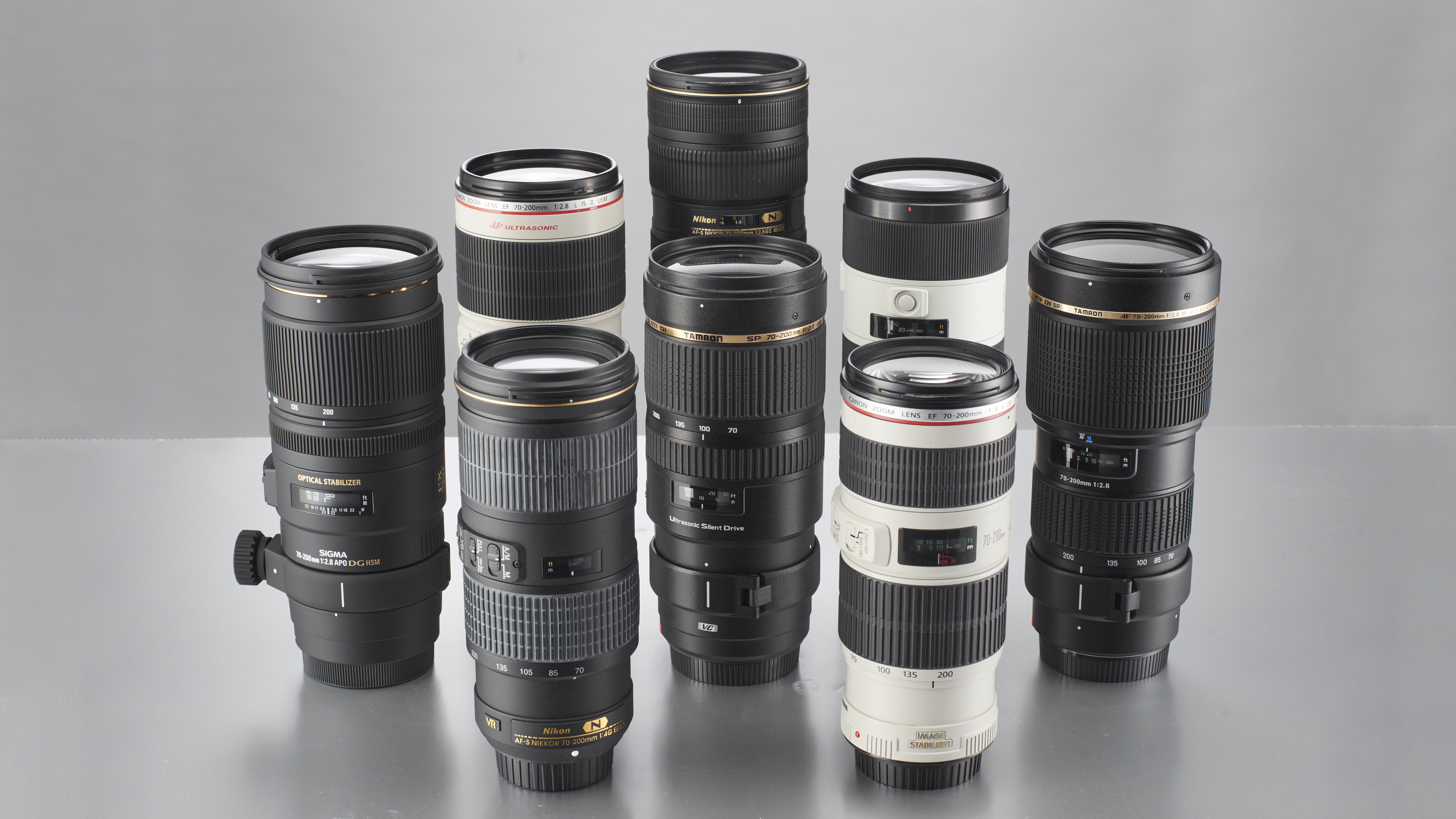
The best 70-200mm lens is a true workhorse lens. The most popular and well-known configuration of a 70-200mm lens is a 70-200mm f/2.8. These are the best choice, with their fast, constant f/2.8 aperture that gives you plenty of latitude to work in low light and also allows for the creation of shallow depth of field.
However, these lenses are designed for pros, and as such they tend to come with hefty pro-level price tags. If you're looking for something a little more budget-friendly, 70-200mm f/4 lenses can also be a good choice. They have the advantage of being lighter to carry, so can be a great choice for keeping your kit relatively lightweight and mobile. Some 70-200mm f/2.8 lenses, as we'll see, are seriously hefty bits of kit!
As 70-200mm lenses are designed for advanced users, they're always built with full-frame cameras in mind. However, this doesn't mean that APS-C owners can't make use of them; a Canon, Nikon or Sony full-frame lens will fit on an APS-C cameras, it'll just bump up the focal length. On APS-C, a 70-200mm lens will provide an effective focal length of 105-300mm (112-320mm for Canon DSLRs), giving you even more telephoto reach.
Beloved by pro photographers and enthusiasts alike, this telephoto zoom focal range is ideal for all sorts of different shooting environments. Whether you're going for sports, wildlife, news, events, portraits or whatever else, a 70-200mm lens is one of the best ways to make sure you can get the shot.
The best 70-200mm lenses
Why you can trust Digital Camera World
Best for Canon RF mount
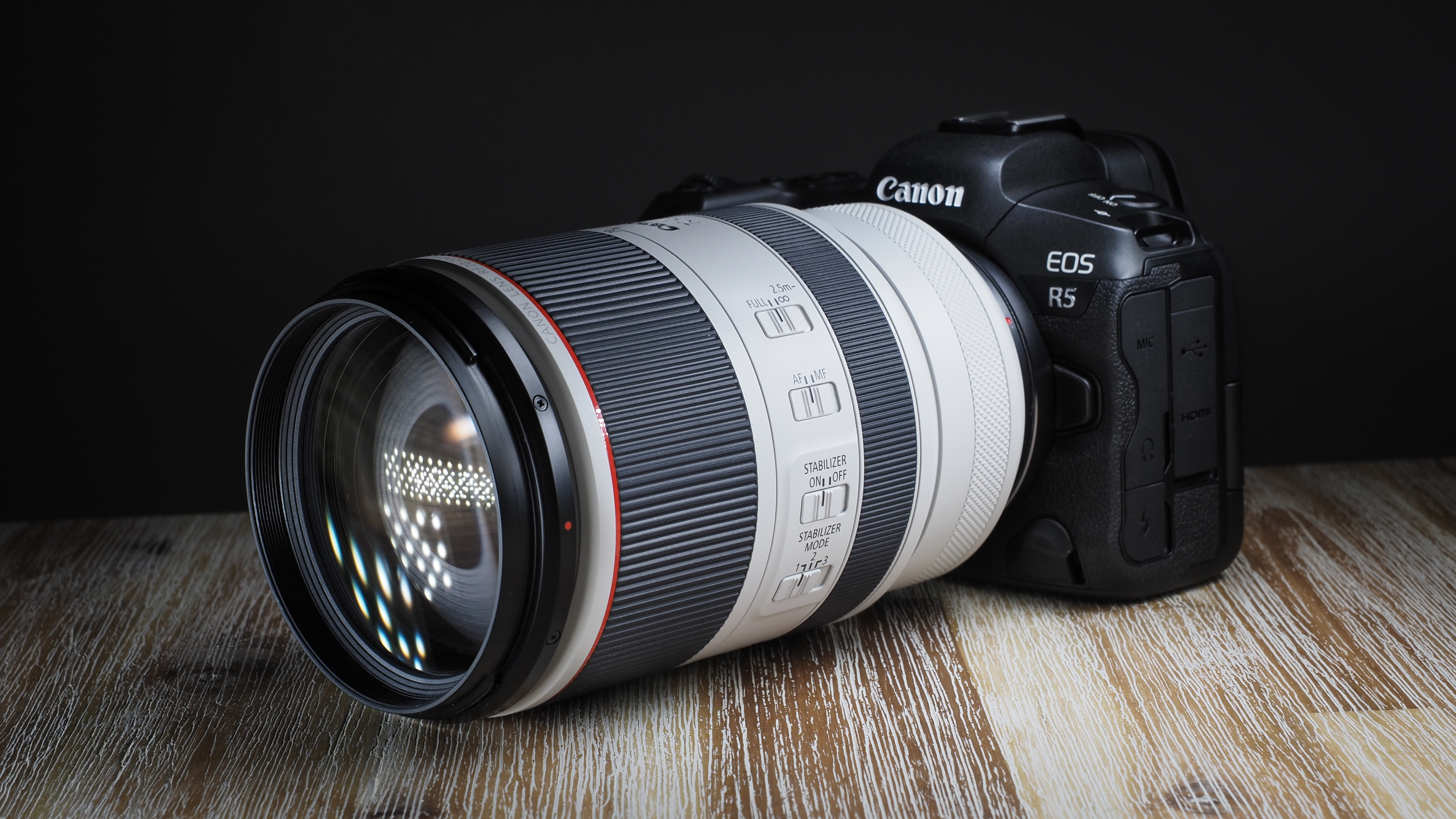
Specifications
Reasons to buy
Reasons to avoid
Think 70-200mm f/2.8 and you’re probably thinking of a fairly large lens that has a fixed physical length when zooming in and out. Canon’s new telephoto zoom for R-series cameras bucks the trend by featuring an inner barrel that extends as you sweep from short to long focal lengths, more like a typical 70-300mm optic. The bonus is that it’s considerably smaller for stowing away, and refreshingly lightweight for this class of lens, at just over a kilogram. There’s certainly nothing lightweight about the price tag, although the build quality and feature set are up to Canon’s usual high standards for L-series lenses. As such, it features a tough, weather-sealed construction, amazingly rapid yet virtually silent Dual Nano USM autofocus, a customizable control ring and 5-stop triple-mode image stabilization. Overall performance and image quality are fabulous.
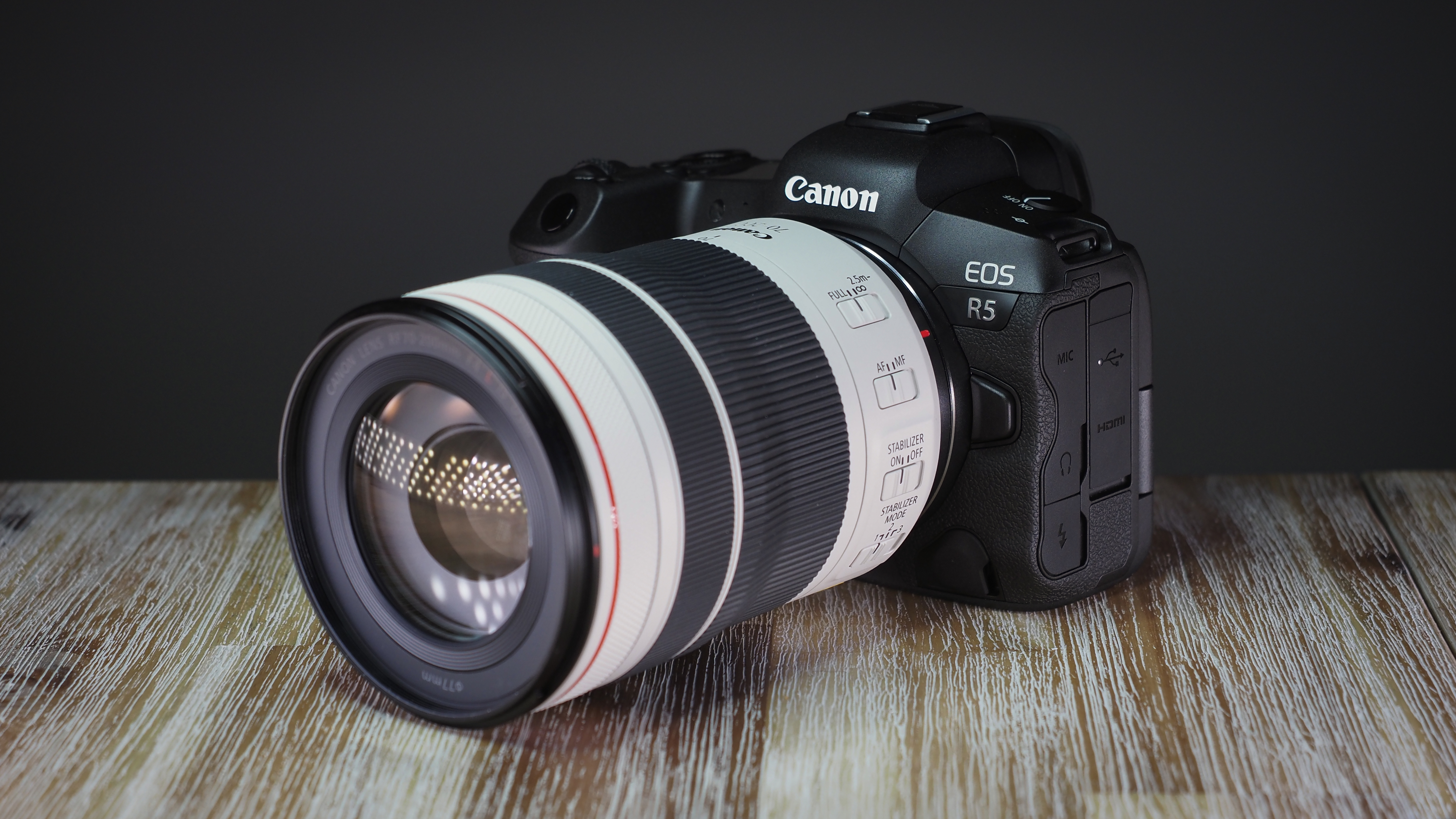
Specifications
Reasons to buy
Reasons to avoid
Canon's RF 70-200mm f/4L IS USM is easily the shortest and lightest 70-200mm f/4 in the world. Side-by-side it's only slightly larger than a soda can when the lens is fully collapsed, while it's shorter and lighter than the f/2.8 variant above. It doesn't compromise on performance though, delivering an impressive 7.5 stops of stabilization (on an EOS R6 or R5 at least), making it incredibly versatile for a range of shooting situations. Optically and center sharpness is fantastic as well, even at 200mm, though corner sharpness can be a little disappointing. Somewhat frustratingly though the lens is not compatible with teleconverters, while it's very pricey compared to the EF version, which admittedly isn't quite as advanced. Though issues aside, this is a cracking lens for R-series shooters.
Best for Sony E mount
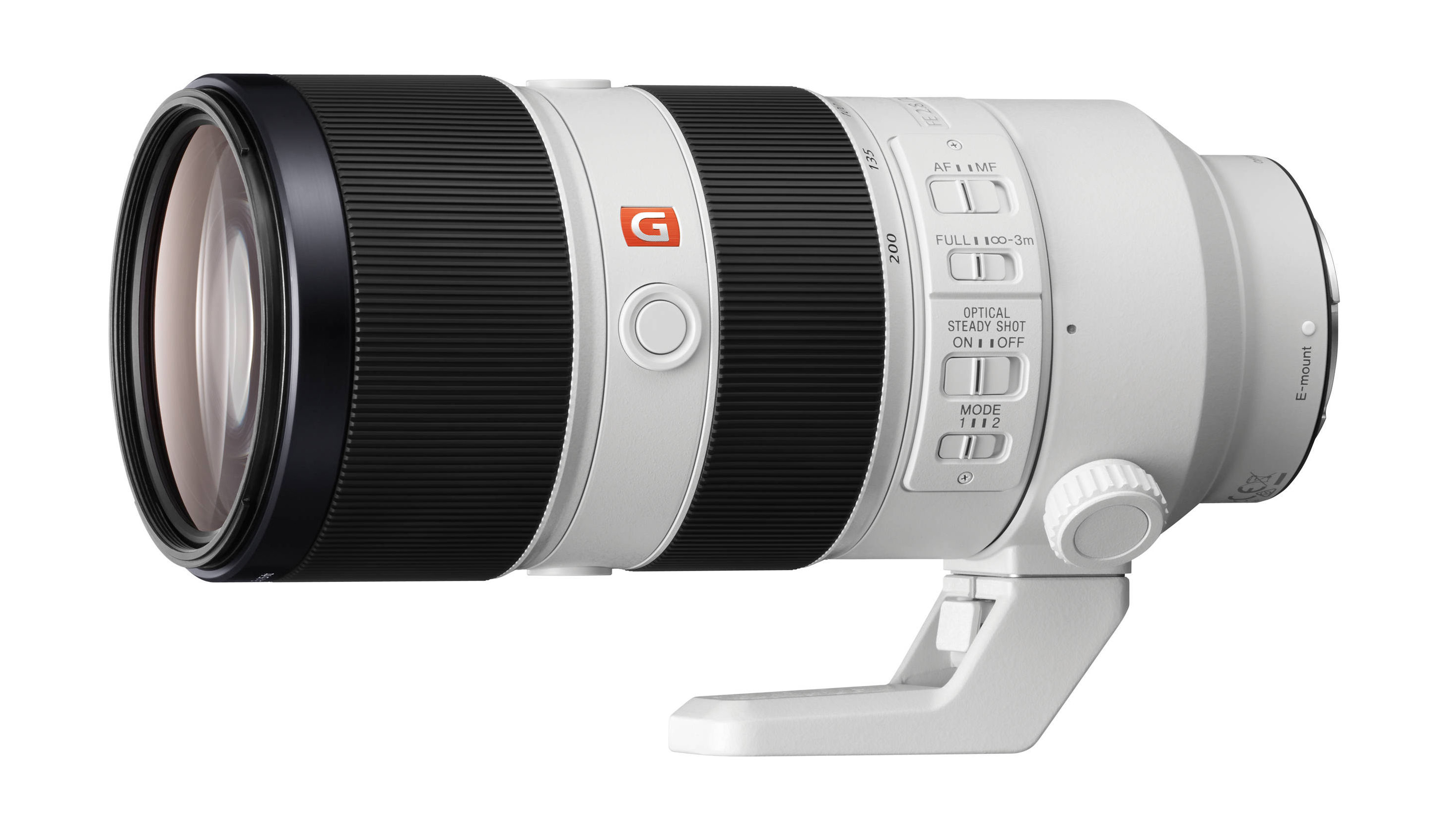
Specifications
Reasons to buy
Reasons to avoid
The sheer bulk of this lens makes it look a bit of a mismatch on A7 and A9-series bodies. However, handling is very refined nonetheless. Focus hold buttons encircle the forward section of the lens and the lens includes OSS (Optical SteadyShot) stabilization. Sony doesn’t give an official rating for its effectiveness, but we found that, when used in conjunction with stabilization in recent A7 series cameras, the combined stabilisation effect is worth up to five stops. The high-tech autofocus system incorporates ultrasonic ring-type drive for the larger moving elements, plus dual linear motors for the smaller ones. Weather-sealed build is of a fully professional-grade standard and image quality is similarly impressive. Sharpness and contrast are outstanding, and the extremely well-rounded 11-blade diaphragm helps the lens to retain delicious bokeh when the aperture is stopped down a bit.
Update: Sony has gone some way towards addressing the main issue with its first-generation 70-200mm f/2.8 lens in the form of its successor: the FE 70-200 f/2.8 GM II. This updated version is a full 29% lighter, and also boasts new video features and faster autofocus. It's currently hit by the same supply issues plaguing a lot of the imaging industries, but hopefully we'll see samples hitting shelves soon. When that day comes, we suspect it'll earn a place in this guide.

Specifications
Reasons to buy
Reasons to avoid
The newer 2023 edition of the Sony 70-200mm sets out to take everything up a notch or two from is older (and less expensive) predecessor. It is lighter and has can focus much closer - in fact, can deliver 0.5x magnification close-ups.
Another upgrade in the Mark II is a new autofocus system. There was nothing wrong with that of the original, which was based on dual linear stepping motors. This time around, there’s a floating focus system that separates the focusing elements into two groups. Sony claims that autofocus is more precise and 20 percent faster than in the original lens, along with a reduction in focus breathing and virtually silent operation, catering to videographers.
The optical stabilizer represents another improvement, with an additional mode for tracking erratically moving subjects as well as the usual static and panning modes featured in the original lens.
Most importantly, for those who can afford the latest version, we found that in our lab tests that optical performance has been noticably improved.
Read our full Sony FE 70-200mm F4 Macro G OSS II review
Best for Nikon Z mount
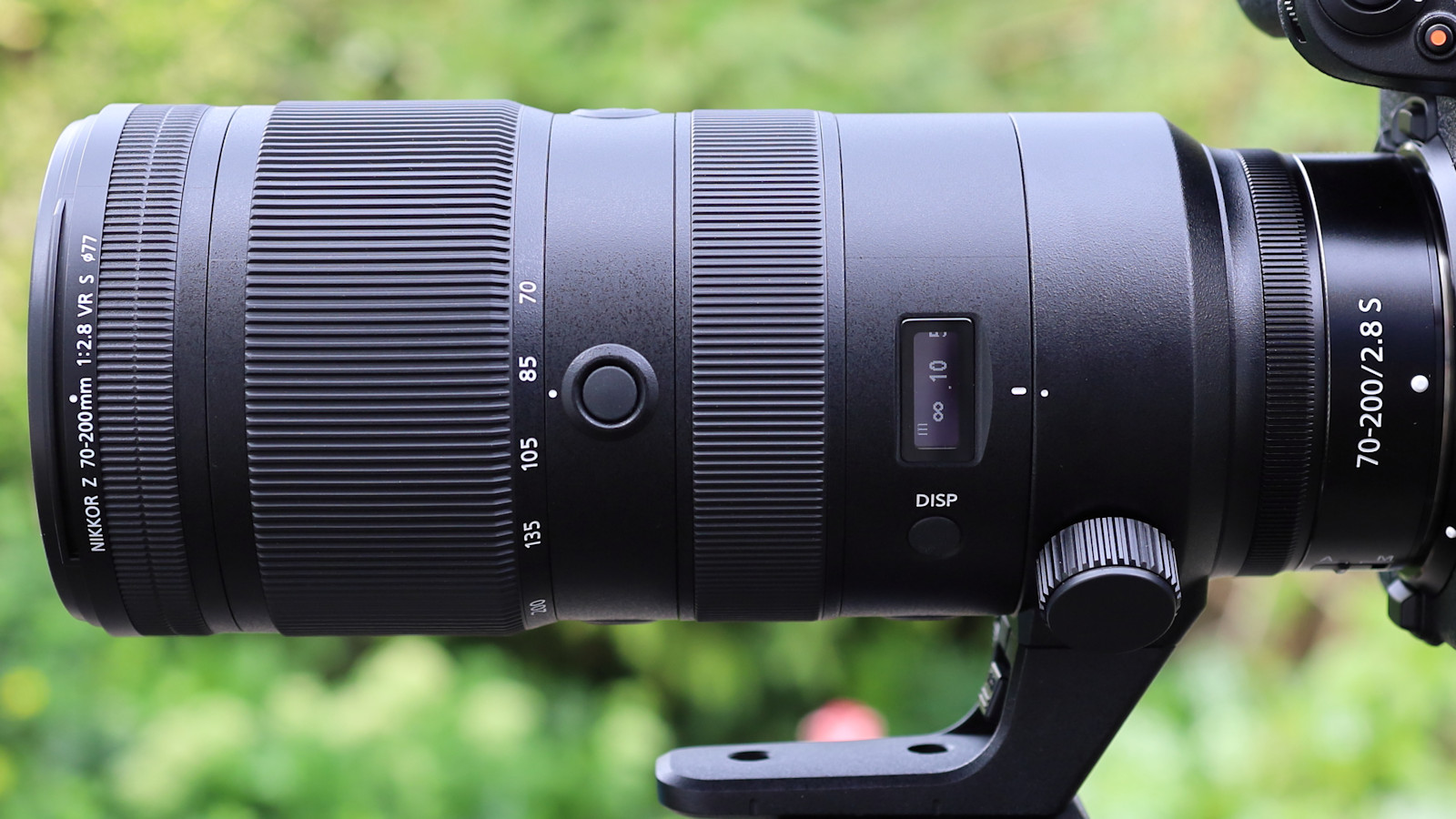
Specifications
Reasons to buy
Reasons to avoid
Unlike Canon’s competing 70-200mm f/2.8 lens for its EOS R series cameras, Nikon’s fast telephoto zoom for Z-mount mirrorless bodies has a fixed physical length, rather than shrinking at smaller focal lengths. It’s therefore more conventional for this class of lens. There’s less risk of dust being sucked in during the zooming process but the lens is considerably bigger and heavier, with similar dimensions and weight to most DSLR-format lenses. The, handling is excellent, benefitting from dual customisable L-Fn (Lens Function) buttons, a customisable control ring, 5-stop optical stabilization, an autofocus range limiter switch and a multi-function display panel. It’s very pricey for a 70-200mm f/2.8 zoom but the performance and image quality make it worth the money.
Panasonic L-mount
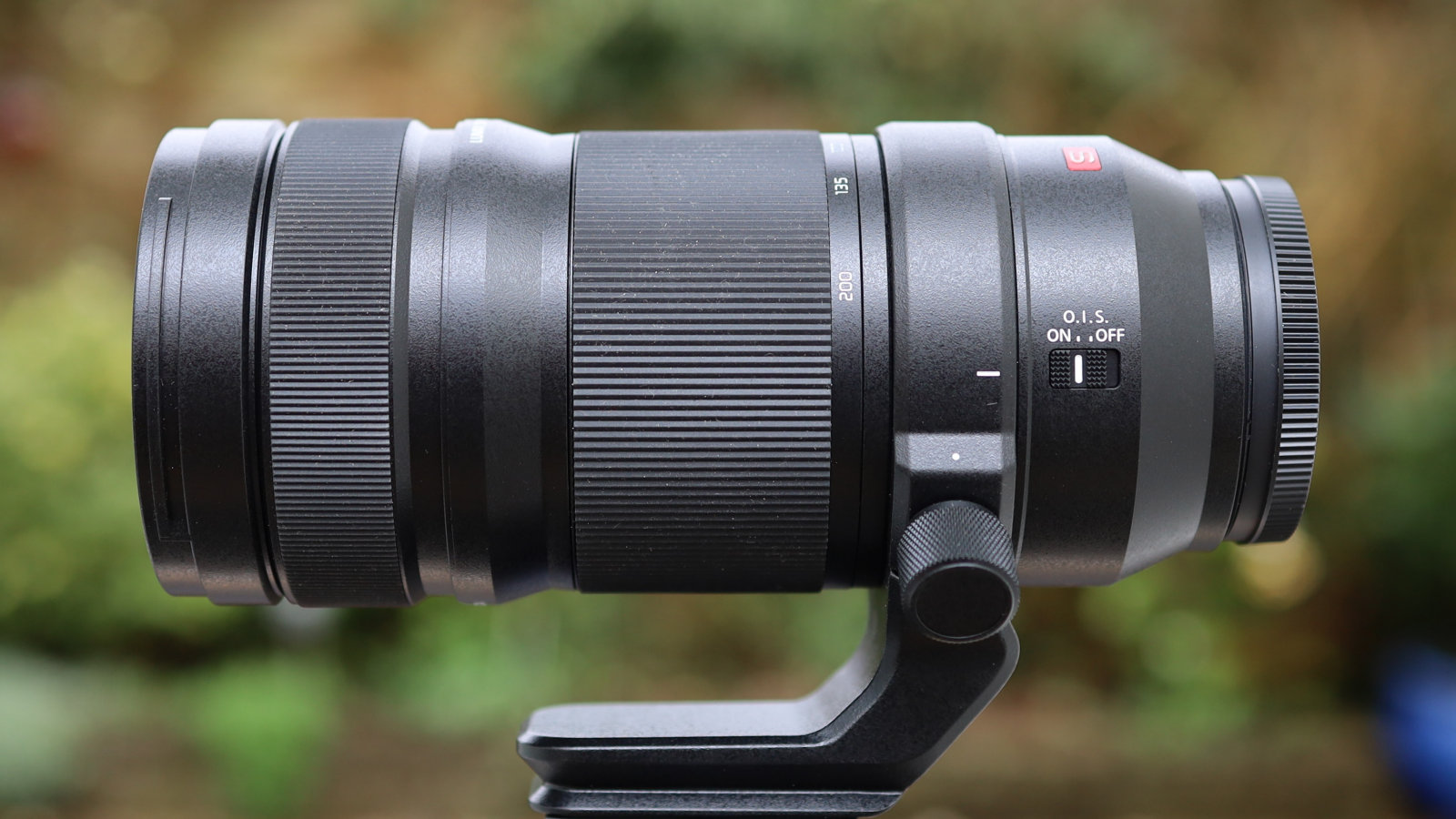
Specifications
Reasons to buy
Reasons to avoid
This telephoto zoom weighs in at just under a kilogram and makes for well-balanced shooting with Panasonic S-series cameras. The combination is also perfectly balanced on a monopod or tripod, if you use the removable tripod mounting ring that’s supplied with the lens. The high-tech optical path delivers sumptuous image quality and the constant f/4 aperture rating enables a fairly tight depth of field, while the quality of bokeh is nice and smooth. Autofocus is super-fast and the built-in optical image stabilizer works in conjunction with the 5-axis, sensor-shift stabilizers of S-series bodies to give an effectiveness of up to 6-stops. It’s quite pricey for a 70-200mm f/4 zoom but you definitely get what you pay for, and it’s only about two-thirds the weight of Panasonic’s pricier 70-200mm f/2.8 zoom.
Read more: Panasonic Lumix S PRO 70-200mm f/4 OIS review
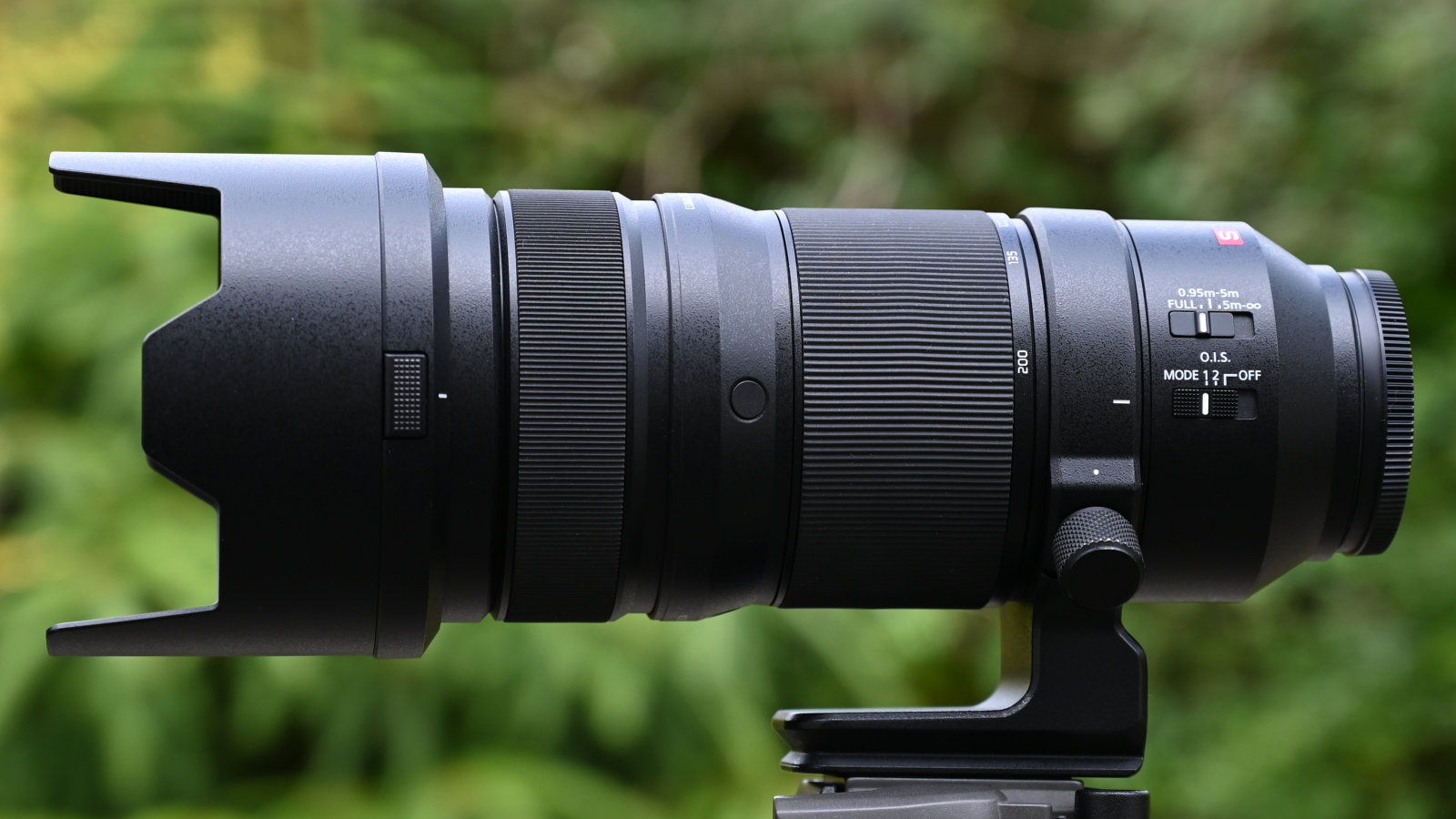
Specifications
Reasons to buy
Reasons to avoid
Panasonic’s range-topping 70-200mm zoom is about 50 per cent heavier and 50 per cent pricier than it’s excellent f/4 stablemate. As well as being an f/stop faster, the f/2.8 lens gains switchable static and panning optical stabilization modes and a set of three customisable function buttons, typically used for AF-hold. As usual for Panasonic PRO lenses, this one is Leica certified and has a tough splash/dust-proof construction. It comes complete with a removable tripod mounting collar, which has an Arca-Swiss compatible foot. Autofocus is rapid and virtually silent, and the absence of focus breathing is a bonus for video capture. Image quality is very good overall, with smooth bokeh and entirely negligible distortions or colour fringing. In our tests, however, the lens didn’t prove quite as sharp as the less expensive f/4 zoom.
Read more: Panasonic Lumix S PRO 70-200mm f/2.8 O.I.S. review
Best Sigma for L or E mounts
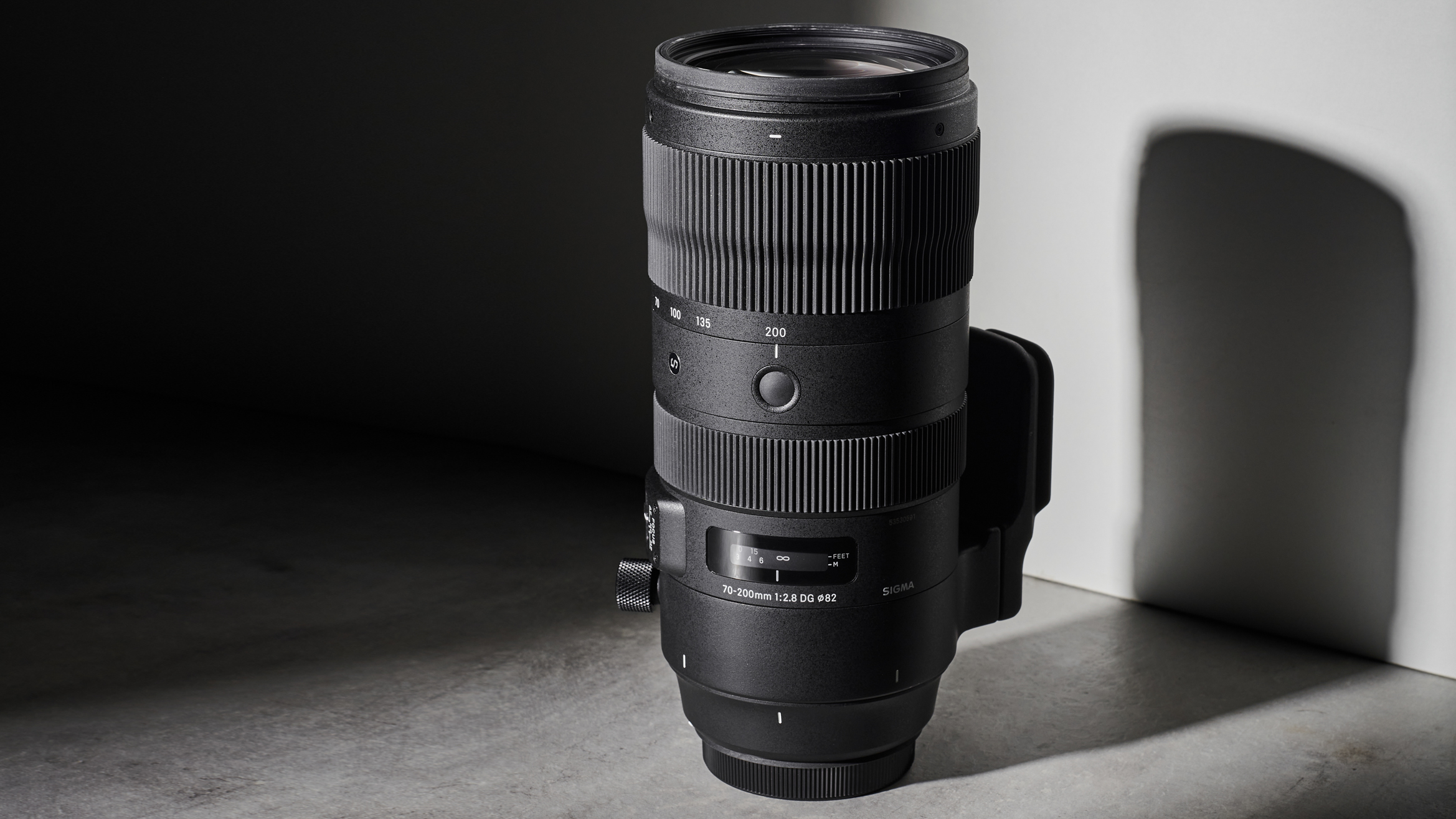
8. Sigma 70-200mm f/2.8 DG DN OS Sports Lens
Specifications
Reasons to buy
Reasons to avoid
Top-flight professional photographers are still likely to stay loyal to own-brand glass and choose an AF-S 70-200mm f/2.8E FL ED VR, but this Sigma Sports alternative matches the top lenses in almost every aspect of handling, performance and image quality. That’s no mean feat considering that the Sigma is a little over half the price. Its optical path features 24 elements in 22 groups, incorporating nine FLD elements and one SLD element. There’s also a well-rounded aperture, based on 11 diaphragm blades. The new optical stabilizer has switchable static and panning modes, the latter working in landscape, portrait and even diagonally. As we’ve seen in a number of other Sigma lenses, dual ‘Custom’ modes can be switched on. Sharpness and contrast are fabulous throughout the entire zoom range, even when shooting wide open at f/2.8. Autofocus is rapid and accurate, and while it’s bigger and heavier than competing lenses, it goes extra-large on performance – a brilliant buy for Sony or Leica L-mount users.
Best for Canon EF mount
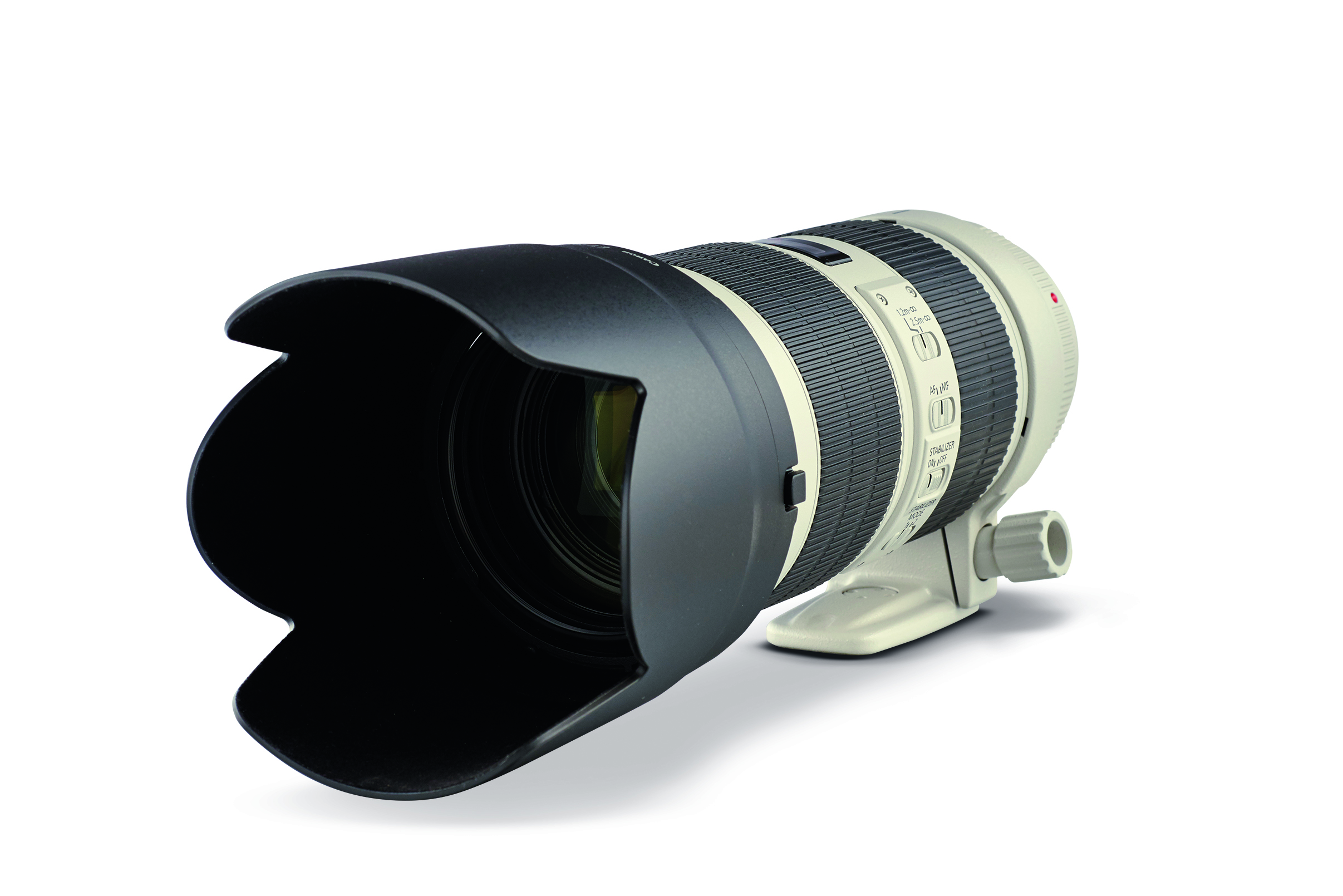
Specifications
Reasons to buy
Reasons to avoid
At a glance, you’d be hard pressed to spot any difference in Canon’s latest Mark III edition of its 70-200mm f/2.8 lens from its Mark II predecessor. It’s a slightly paler shade of grey and the front and rear elements gain a fluorine coating to repel grease and moisture, and to make cleaning easier. Internally, Canon’s high-tech ASC (Air Sphere Coatings) has been added to one of the elements to reduce ghosting and flare. However, the actual optical path, autofocus system and Image Stabilizer remain the same. It’s interesting to note that the stabilizer is now rated at 3.5-stops rather than the previous lens’s 4-stops, but that’s probably down to Canon switching to CIPA-based ratings. This Mark III lens is as exciting as its predecessor for sharpness and contrast across the zoom range. Autofocus is super-fast and there’s even better resistance to ghosting and fl are, living up to Canon’s claims. The bottom line is the new lens doesn’t outperform rival Sigma and Tamron lenses, yet it does cost noticeably more, making it poor value for money.
Best for Nikon F mount

Specifications
Reasons to buy
Reasons to avoid
The latest and greatest edition of Nikon’s 70-200mm f/2.8 lens has a completely revamped optical design, including a fluorite element, six ED (Extra-low Dispersion) elements, one HRI (High Refractive Index) element and nano-structure coatings. The optics are wrapped up in a tough yet reasonably lightweight, weather-sealed magnesium alloy barrel. The upgraded VR (Vibration Reduction) system is worth four stops and gains a switchable ‘Sport’ mode for tracking erratically moving subjects in the viewfinder. Sharpness and contrast are legendary, throughout the zoom range. However, the cheaper Sigma 70-200mm f/2.8 Sports lens goes toe to toe with the Nikon for sharpness in real-world shooting, while matching other aspects of the Nikon’s image quality, autofocus speed and the stabilization effectiveness.
Read our full Nikon AF-S 70-200mm f/2.8E FL ED VR review
Get the Digital Camera World Newsletter
The best camera deals, reviews, product advice, and unmissable photography news, direct to your inbox!

For nearly two decades Sebastian's work has been published internationally. Originally specializing in Equestrianism, his visuals have been used by the leading names in the equestrian industry such as The Fédération Equestre Internationale (FEI), The Jockey Club, Horse & Hound, and many more for various advertising campaigns, books, and pre/post-event highlights.
He is a Fellow of the Royal Society of Arts, holds a Foundation Degree in Equitation Science, and holds a Master of Arts in Publishing. He is a member of Nikon NPS and has been a Nikon user since his film days using a Nikon F5. He saw the digital transition with Nikon's D series cameras and is still, to this day, the youngest member to be elected into BEWA, the British Equestrian Writers' Association.
He is familiar with and shows great interest in 35mm, medium, and large-format photography, using products by Leica, Phase One, Hasselblad, Alpa, and Sinar. Sebastian has also used many cinema cameras from Sony, RED, ARRI, and everything in between. He now spends his spare time using his trusted Leica M-E or Leica M2, shooting Street/Documentary photography as he sees it, usually in Black and White.
